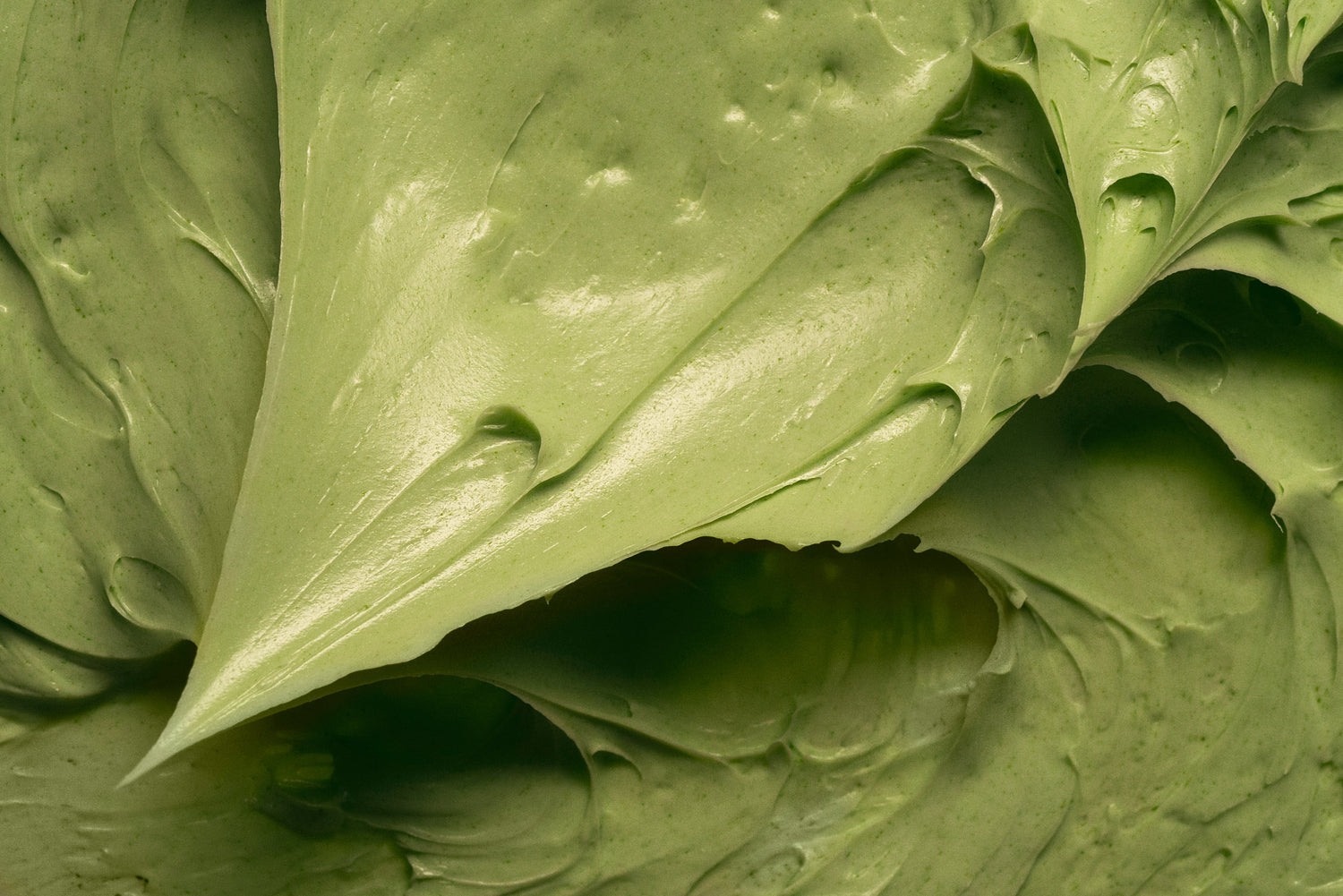Everyone knows hemp, but the fact that CBD is derived from hemp is still new to many — and even fewer people know what hemp actually looks like growing in a field. Last week, we visited a Finnish hemp farm to collect material for a studio shoot. And even though the CBD used in our cosmetic products is sourced from Croatia, we wanted to film a video for you in a Finnish hemp field, because hemp cultivation looks pretty much the same in Finland as it does in Croatia.
Hemp is one of the oldest cultivated plants, with numerous varieties. In Finland, both oil and fiber hemp are grown, and CBD can be extracted from both. However, industrial-scale CBD extraction is not yet taking place in Finland. We would be happy to use domestically produced CBD in our products if it were available, but for now, we source our CBD from Croatia, where we have found a highly reliable and high-quality raw material supplier. That said, large-scale CBD production could thrive in Finland, as the growing conditions here are ideal for hemp cultivation.
Hemp is a climate crop
Not only is our climate well-suited for hemp, but hemp also benefits the climate itself. It is seen as a promising solution in the fight against climate change: hemp improves soil health, requires no pesticides, and is an excellent carbon sink. In one year, hemp can sequester as much carbon as a 10-year-old forest — all without the need for chemical inputs. Around midsummer, hemp grows at its fastest, adding up to 10 centimeters in height per day!
As a crop, hemp is highly ecological and also one of the most versatile and sustainable sources of protein.
A complete source of protein: Hemp seeds contain all nine essential amino acids that the human body cannot produce on its own. The protein content is high, approximately 25–30%.
Rich in healthy fats: Hemp seeds are packed with omega-3 and omega-6 fatty acids, particularly linoleic acid (LA) and alpha-linolenic acid (ALA), which are important for heart and brain health. The ratio of omega-6 to omega-3 is ideal (around 3:1), which is optimal for preventing inflammation.
High in fiber and gluten-free: Whole hemp seeds contain a significant amount of both soluble and insoluble fiber, which supports gut health, stabilizes blood sugar, and helps manage cholesterol levels.
Packed with vitamins and minerals: Hemp contains vitamin E (an antioxidant), magnesium (for muscle and nerve function), phosphorus, iron, zinc, potassium, and B vitamins.
Highly versatile: Hemp seeds can be added to porridge, smoothies, or sprinkled on salads. Hemp seed flour can be used in baking or as a protein supplement. Hemp seed oil is perfect for salad dressings. Hemp protein powders and plant-based hemp drinks are also available.
Versatile, ecological, healthy — so what’s holding hemp back?
As a raw material in cosmetics and as a food ingredient, hemp is excellent — but it can be used for much more: textile fibers, building materials, paper, biocomposites, furniture, fiberglass, soil, growing mediums, fuel... As one headline puts it: “Hemp — the forgotten superplant that could revolutionize agriculture.”
So why hasn’t that revolution happened yet? Why isn’t hemp Finland’s next Nokia?
What’s slowing hemp’s rise to stardom are mostly outdated and skeptical perceptions. Hemp is often associated with intoxication, even though industrial hemp is non-intoxicating (i.e., it contains only trace amounts of THC). Legislation has long been restrictive, and while industrial hemp is now legal to cultivate in many countries (including Finland), it still involves licensing procedures, monitoring, and bureaucracy — all of which deter farmers. In addition, processing and refining hemp requires specialized equipment. Finland currently lacks the infrastructure needed for large-scale hemp processing, and logistics and value chains are not yet developed in the same way as they are for grains or oil crops.
Still, the future of hemp looks bright. As climate change, sustainability, and regenerative agriculture become increasingly important, interest in hemp continues to grow. Consumers are showing rising interest in hemp oil, hemp protein, hemp textiles, and biocomposites.
And what about cannabidiol (CBD)? In 2024, the CBD market in Europe reached approximately €2.11 billion (Statista), and by 2029, it's projected to grow to €2.23 billion. We have ideal growing conditions for this sustainable crop, and there’s already a ready and growing market in Europe — so what are we waiting for?
Read more on the European Comission´s website >>>

0 comments